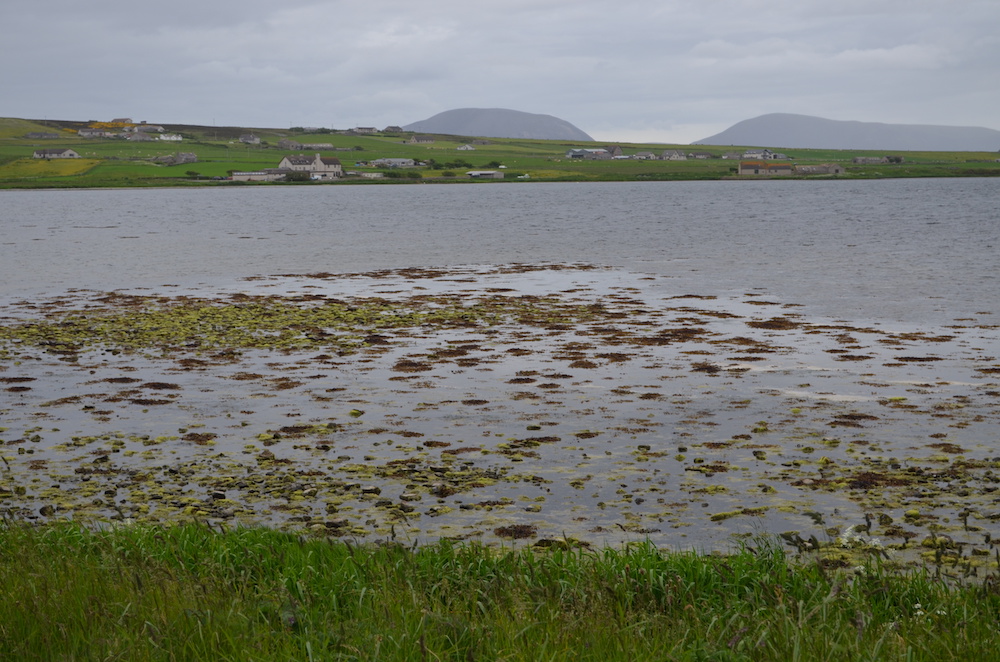BC4MSP
Mapping and valuing blue carbon for utilization in marine spatial planning

What we do
With this preparatory project we aim to improve understanding of the extent of blue carbon across the North Atlantic and identify where blue carbon is most likely to be stored in deep sea areas. This will be achieved by taking a new approach in identifying biological and physical features likely to be indicators of blue carbon sinks in deep-sea habitats.
The main project would then aim to develop innovative Marine Spatial Planning solutions that can incorporate new information about deep-sea blue carbon to best protect it, while considering the conflicting needs of marine stakeholders in this region.
The project will conclude with the main project application.

